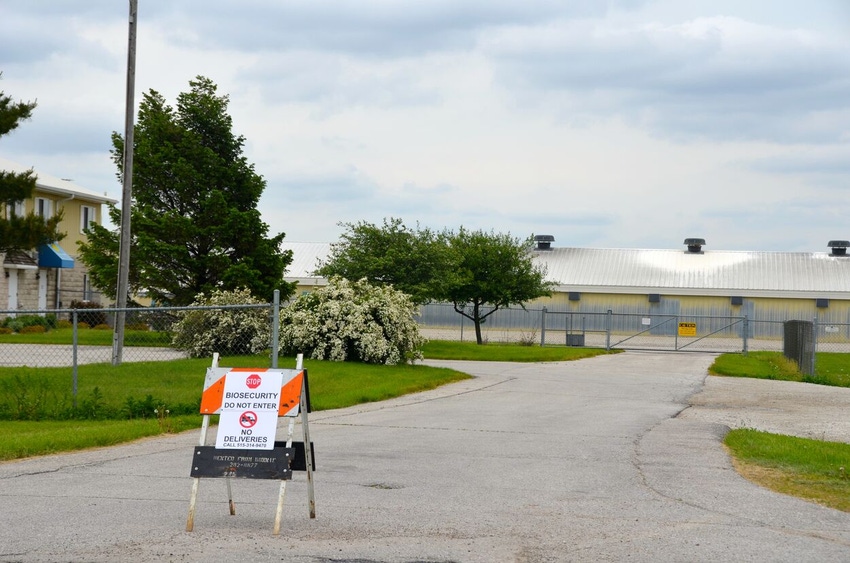HPAI on pork producers’ radar, highlights need for biosecurity
New traceability standards will help control the spread of a foreign animal disease; lessen economic impact of an outbreak should one occur.

Since highly pathogenic avian influenza virus Type A H5N1has now been detected in goats and dairy cattle, U.S. pork producers are keeping an eye on the situation.
“Obviously, it's something that's on our radar. We don't feel like it's a huge threat to our industry by any stretch of the imagination,” says Scott Hays, a producer from Missouri and National Pork Producers Council immediate past president. “But definitely anytime we talk about herd health, our radar comes on and we would encourage producers to continue to look at their biosecurity plan[s], to keep all diseases out of their farms.”
An important part of a herd health plan, whether for domestic diseases or emerging foreign animal diseases, is a good traceability program, Hays says.
During the recent National Pork Industry Forum, U.S. pork producers approved a resolution to enhance the country’s live swine traceability system. Based on producer-led task force recommendations, the enhanced standards would require:
All swine owners to register for a premises identification number.
High-risk swine (from a traceability perspective), including cull breeding stock and show/exhibition stock, tagged with an AIN (animal identification number) RFID (radio frequency) tag.
Producers record consistent data points, including PIN of origin, PIN of destination, date of movement, animal type, and any official identification that is present. Producers would be asked to record this data electronically within three business days.
Movement data be reported to a centralized database following the detection of a trade-limiting disease.
Semen labeled with the PIN of the source herd.
Cull markets and packing plants to use tattoo numbers unique to each facility.
Hays noted that while producers will be asked to keep records of all pig movements, those records won’t be made public unless there’s a need, such as a FAD introduction into the United States.
“It's still a producer's private information, but we do have the ability, at a moment's notice, to understand what pigs moved where, from what area, in a short period of time, which is so important to getting our arms around where a disease is at,” Hays says. “And maybe just as importantly, where it's not, for us to continue to supply products that people need.”
As Lori Stevermer, NPPC president and a pork producer from Minnesota, points out, a FAD introduction shuts down not only movement within the country, but also U.S. pork exports.
“That's an important part of our value of our pigs. So, when our trading partners are saying, ‘what do you have in plan for a place for traceability so that we know to resume trade?’” Stevermer says. “That's what traceability does. It helps us get back to exporting and business as soon as possible so that we can help show them where their pork is coming from or where it's not coming from relative to the disease. That's really key to that resumption of business.”
About the Author(s)
You May Also Like





